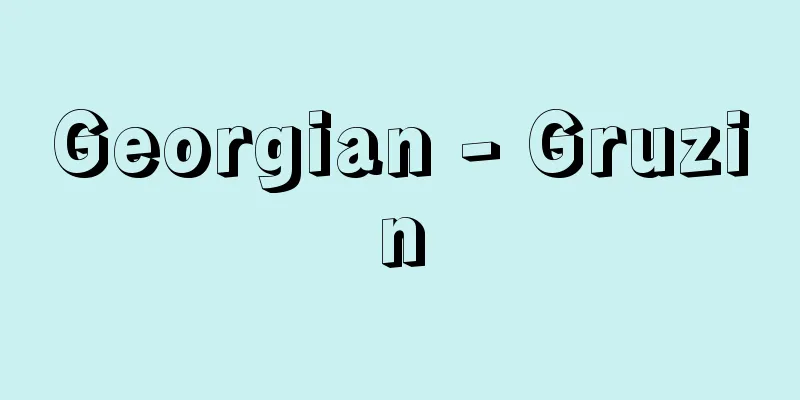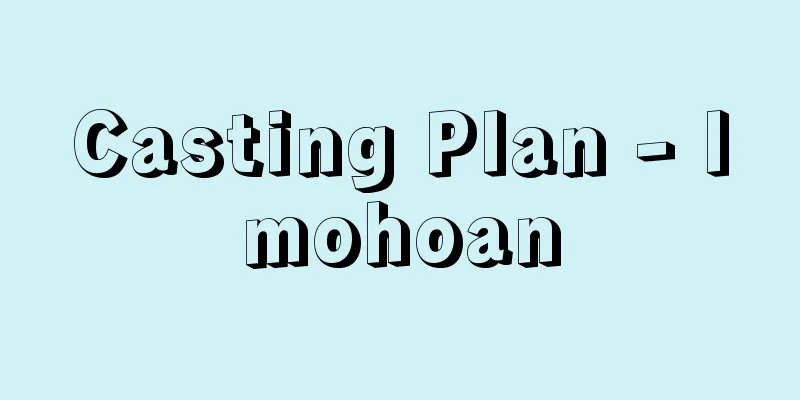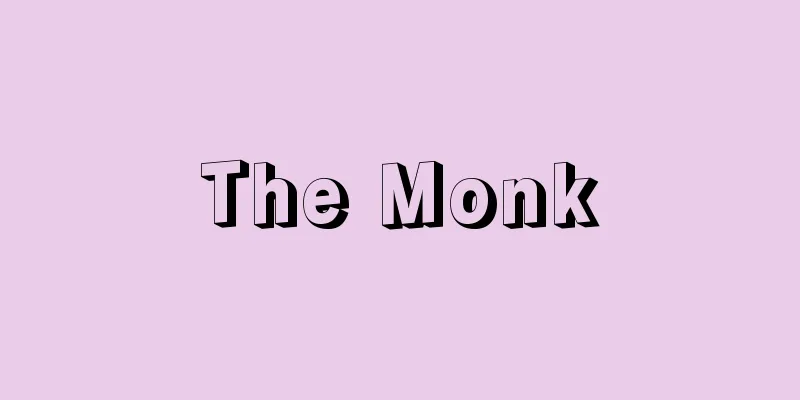Irish Theatre

|
The history of Irish theatre began as part of the Literary Revival movement with the rise of nationalism at the end of the 19th century. Although there were a few liturgical plays in the Middle Ages, there were only a few performances by touring theatre companies from England after that. In 1899, the Irish Literary Theatre was founded by William Butler Yeats and Lady Isabella Augusta Gregory, and in 1904, the Abbey Theatre opened in Dublin with the support of Annie Horniman. In an era when modern drama in the style of Norwegian playwright Henrik Johan Ibsen was at its height, Irish theatre developed in its own way, taking as its subject matter history, legends and the simple life of peasants, and attracted worldwide attention. However, the world of Irish peasants and fishermen depicted by Lady Gregory and John M. Synge was soon replaced by realistic works by Lennox Robinson, St. John Irvine and R. Maine, depicting the harsh realities of the lives of the poor. This trend was further developed by Sean O'Casey, and was continued by Paul V. Carroll, Brendan Behan, Brian Friel, and others. Meanwhile, the direction of verse drama started by Yeats came to a halt as the Abbey Theatre leaned towards realism, but in 1944 the poet Austin Clarke founded the Lyric Theatre, which endeavoured to revive the tradition of verse drama. H. Edwards and M. McLemore founded the Dublin Gate Theatre in 1928, which mainly performed foreign classics and contemporary works, while Alan and his wife Alan Simpson's Pike Theatre presented avant-garde and experimental works by Samuel Berkeley Beckett and Behan. In Northern Ireland, there are theatres such as the Ulster Group, which was formed in 1904 in response to the Dublin theatre movement (it merged with other small theatres in 1939 to form the Ulster Group), and the Belfast Arts Theatre, which was founded by H. Wilmot in 1947. Gaelic (Irish) theatre, although on a small scale, continues to be produced through the efforts of the Gaelic Dramatic Union in Dublin and Galway and Gael Linn (an organisation which promotes the Gaelic language through activities such as publishing, recording and theatre). Source: Encyclopaedia Britannica Concise Encyclopedia About Encyclopaedia Britannica Concise Encyclopedia Information |
|
アイルランド演劇の歴史は,19世紀末のナショナリズム台頭とともに,文芸復興運動の一環として始まった。中世には若干の典礼劇があったものの,その後はイギリスからの巡業劇団による公演がわずかにある程度であった。1899年ウィリアム・バトラー・イェーツやイザベラ・オーガスタ・グレゴリー夫人によってアイルランド文芸座が結成され,1904年にはアニー・ホーニマンの援助でダブリンにアビー劇場が開設された。ノルウェーの劇作家ヘンリック・ヨハン・イプセン的近代劇が全盛の時代にあって,アイルランド演劇は,歴史や伝説,農民の素朴な生活に題材をとって独自の展開をみせ,世界の注目をひいた。しかしグレゴリー夫人やジョン・M.シングの描くアイルランド農民や漁民の世界は,やがてレノックス・ロビンソン,セント・ジョン・アービン,R.メインたちの,貧民の厳しい現実生活を描いたリアリスティックな作品へと変わっていった。この傾向はさらにショーン・オケーシーによって新たな展開を示し,それがポール・V.キャロル,ブレンダン・ベーハン,ブライアン・フリールらに受け継がれた。一方イェーツが起こした詩劇の方向は,アビー劇場がリアリズムに傾くにつれてとだえていたが,1944年詩人オースティン・クラークがリリック劇団を結成し,詩劇の伝統の復活に努めた。また H.エドワーズと M.マクリーモアは 1928年ダブリン・ゲート劇場を結成し,外国の古典や現代作品を主として上演,アラン・シンプソン夫妻のパイク劇場はサミュエル・バークレー・ベケットやベーハンらの前衛的,実験的な作品を取り上げた。 北アイルランドには,ダブリンの演劇運動に呼応して 1904年に結成されたアルスター劇団(1939ほかの小劇団と合併してアルスター・グループ劇団となる)や,1947年 H.ウィルモットによって設立されたベルファスト芸術劇場などがある。ゲール語(アイルランド語)による演劇は,規模は小さいがダブリンとゴールウェーのゲーリック演劇同盟やゲール・リン(出版,レコード,演劇などの活動を通じてゲール語振興に努めている団体)の努力によって続けられている。 出典 ブリタニカ国際大百科事典 小項目事典ブリタニカ国際大百科事典 小項目事典について 情報 |
Recommend
Ajigawa Riverbed Road Tunnel - Ajigawa Riverbed Road Tunnel
...Subways in major cities have been actively con...
Tanakadate Aikitsu
Physicist. Born in Fukuoka, Ninohe County, Mutsu ...
Scepter
A ceremonial item used in the attire of the nobil...
Debenedetti, G.
...The activities of Jews such as Svevo and Saba ...
Babinski reflex - Babinski reflex
Babinski syndrome is a condition where the foot is...
Scutellaria pekinensis (English spelling) Scutellaria pekinensis
…[Murata Gen]. … *Some of the terminology that me...
Zatō - Zatō
〘 noun 〙① Near or beside the seat. ※Ko-u-ki - Nove...
time charter
…In the broad sense, chartering refers to both th...
shoestring mushroom
...The unique mycelium bundles of the armillaria ...
Eratosthenes Era - Eratosthenes Era
…Both the Eratosthenes and Copernicus craters hav...
Botrychium lunaria
…[Masahiro Kato]. . . *Some of the terminology th...
Section Chief - Kakaricho
A position in a government agency or company. The ...
Krasnaya gvardiya (English spelling)
…It was established by a decree of the Soviet gov...
Gotobeido - The Way of Five Pounds of Rice
Another name for the Taoist sect Tenshido, which ...
Transitional milk
This is milk that is in the process of transitioni...









